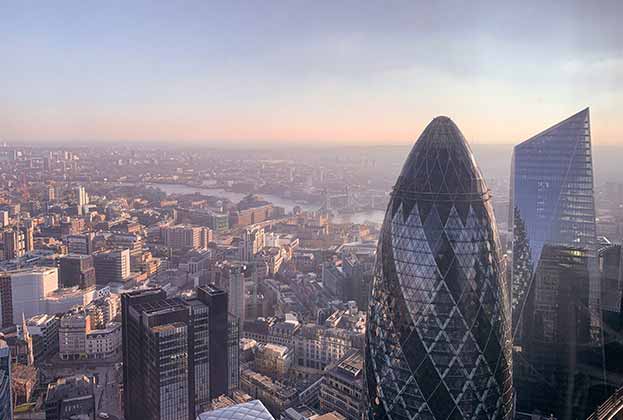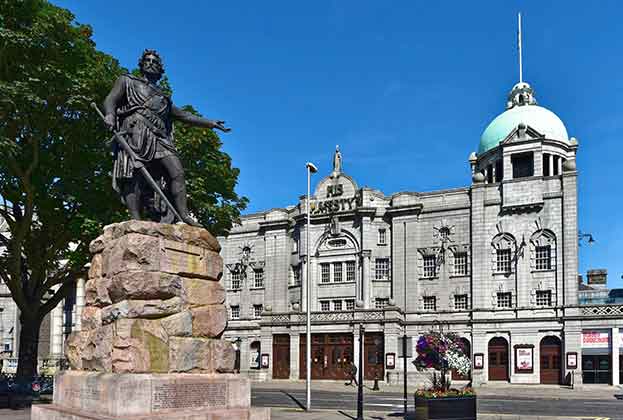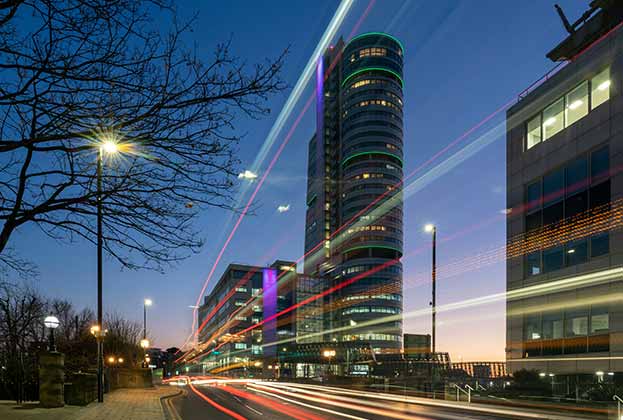With new technologies appearing on the market on almost a daily basis, here are the five key trends we predict will determine how we think about and use office space this year.
Data
Data isn’t a new concept, but how we view it is.
Our digital footprint will become more important to us as both individuals and as organisations. Data is being collated, interpreted, manipulated, presented and visualised on huge scales. We’re increasingly concerned with data security, protecting our IP and knowing who can access our information.
On the flip side, companies are keen to amass insights on everything from consumer choices, how people move around, prices being paid and exercise being taken. Personal data will carry great value; we predict creating sub-markets in what is already a tradable commodity.
Agile working
Over the past decade technology has enabled us to work from almost any location. In the early days some predicted a mass exodus from the office to homeworking, but the reality is that people have embraced the choice rather than making a permanent move away from the office.
Being able to work when and where we like has enabled people to take control of their own environment and productivity. Businesses have recognised that everyone works in different ways, as evidenced by the growth in the adoption of activity-based working in new office fit out concepts. Looking forward, companies will increasingly use technology to manage agile working both in terms of output and mental wellbeing.
Artificial Intelligence and Augmented Reality
Artificial Intelligence (AI) is mainstream; something we used to joke about as futuristic is now an everyday phrase. There has been some press around the use of AI replacing jobs, but automation is not a new concept and, as history demonstrates, we will adapt. As AI becomes more sophisticated we will start to see it become part of normal work activities.
Augmented Reality (AR) will take AI one step further, fuelling our appetite for experience over material goods. In the workplace, we expect it to enhance video conferencing, enable buildings to be viewed without leaving the room and facilitate the visualisation of design concepts all having significant cost and environmental benefits, from reducing the need for travel to cutting construction waste.
IT is no longer a support function
Rewind 10 years and the main reason to contact the IT team was when you had a problem with your computer. Now representatives sit on the board and the CIO or CTO are critical roles within an organisation. Our perception of IT has changed as our need and reliance on those with expertise has increased. Technology touches every element of business operations, from branding and marketing through to finance and accounts, and is therefore something all businesses need to be investing in. Competition to differentiate and attract top IT talent is fierce.
Office? What office?
We need only look at what has happened to the retail sector recently to see that reinvention is critical to survival. The same applies to the office sector. We’re experiencing an exciting time as landlords take a leaf out of retailers’ books by embracing creativity to attract more footfall into their spaces. There’s a focus on value add and, combined with the rise of co-working, we expect this to lead to a loosening of defined asset classes. We already eat, exercise and shop in the same place and soon may work and live there too. Mixed-use will be the future theme for all space with good experience being the key measure of success.
Further information
Contact Savills Office & Business Space

-impact-the-office-sector(1).jpg)

.jpg)






